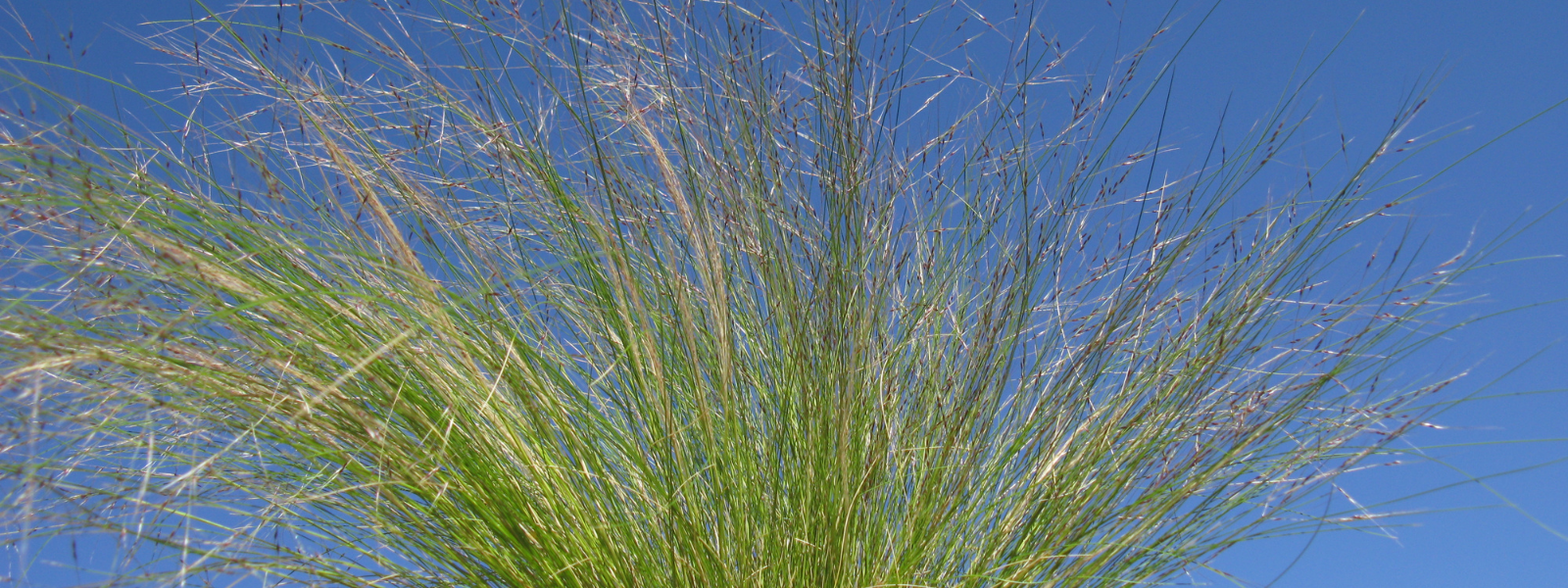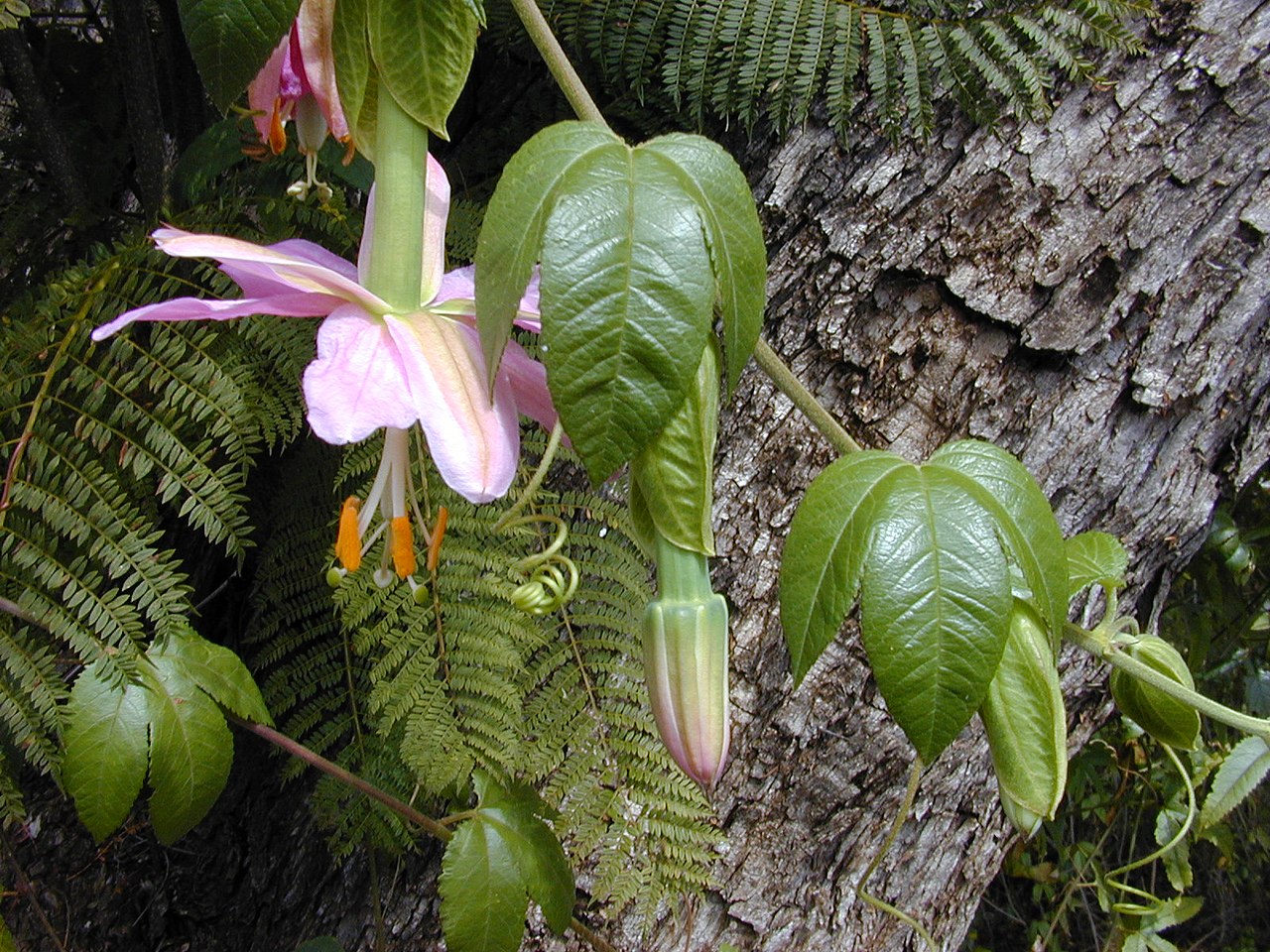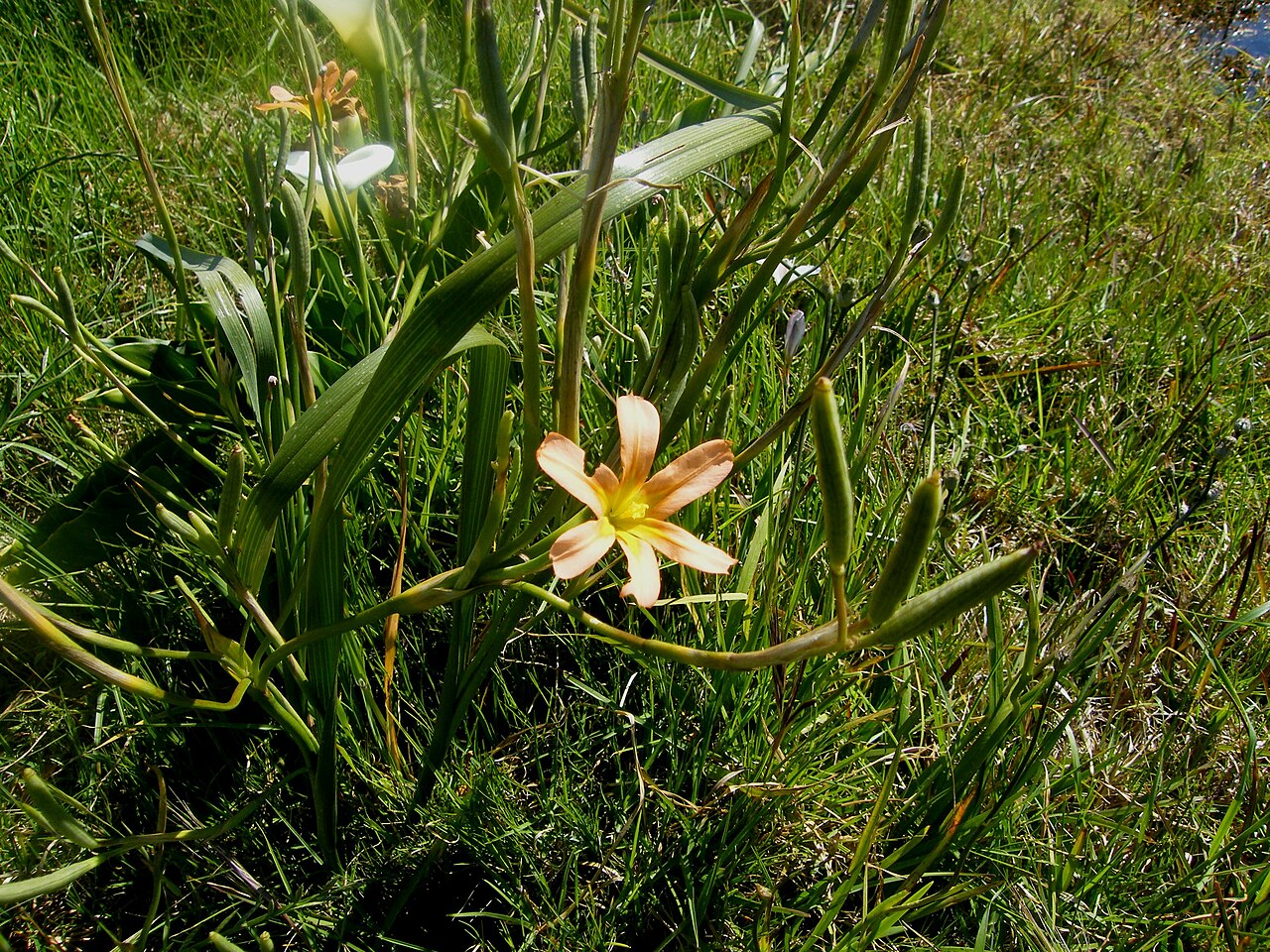
Common Name
Serrated Needlegrass, Nassella tussock, Yass River tussock, Yass tussock. or Toothed Spear Grass.
Scientific Name
Nassella trichotoma
Family
Poaceae
Lifecycle
Perennial
Seasons of Growth
Year-round
Key Distinguishing Feature
Grass with fine serrated leaf edges
• Growth Form: Serrated Tussock is a bunchgrass with a tufted growth habit, forming dense clumps or tussocks.
• Leaves: The leaves are long, narrow, and typically have serrated or toothed margins, giving the grass its distinctive name. The leaf blades are often rolled or folded.
• Flowers: The inflorescence of Serrated Tussock consists of spikelets borne on slender stems. The spikelets contain the grass's flowers and seeds.
• Seed Heads: The seed heads are usually feathery, with long awns (bristle-like appendages) attached to the seeds.
• Roots: Serrated Tussock has a fibrous root system.
Ecological Impact:
• Serrated Tussock is native to South America but has become invasive in parts of Australia and New Zealand. It can outcompete native vegetation, reduce pasture quality, and alter grazing land ecosystems.
Control Methods:
• Control measures for Serrated Tussock are typically employed when it is considered invasive and detrimental to grazing land or natural areas.
• Mechanical control methods may involve mowing, slashing, or burning the grass to prevent seed production and reduce its dominance.
• Herbicides may be used for control, but care must be taken to use them safely and effectively, following local regulations.
• Integrated pest management (IPM) strategies may include biological control methods using introduced insects that feed on the grass.
• Long-term monitoring and management are often necessary to prevent the re-establishment of Serrated Tussock.
Serrated Tussock is considered an invasive grass in certain regions and requires active management to prevent its spread and protect native ecosystems or grazing lands. Control measures should be applied in accordance with local regulations and conservation goals. Local agricultural or environmental agencies can provide guidance on the best control practices for this grass.
Key Products for Control:
-
Indigo MetForce - Metsulfuron Methyl
-
Indigo Rapid Fire 800 - Glyphosate (present as acid and ammonium salt)




